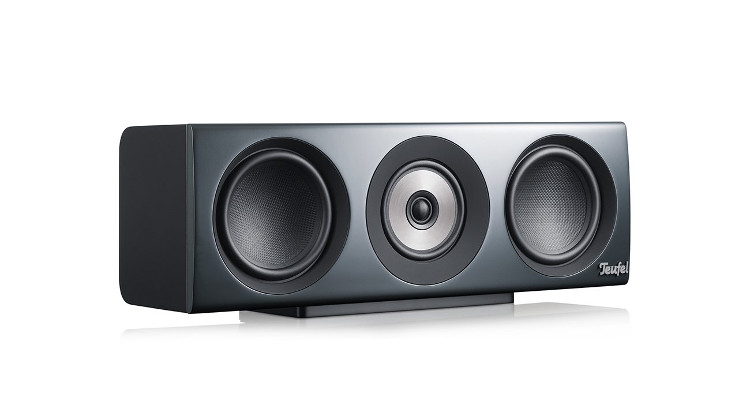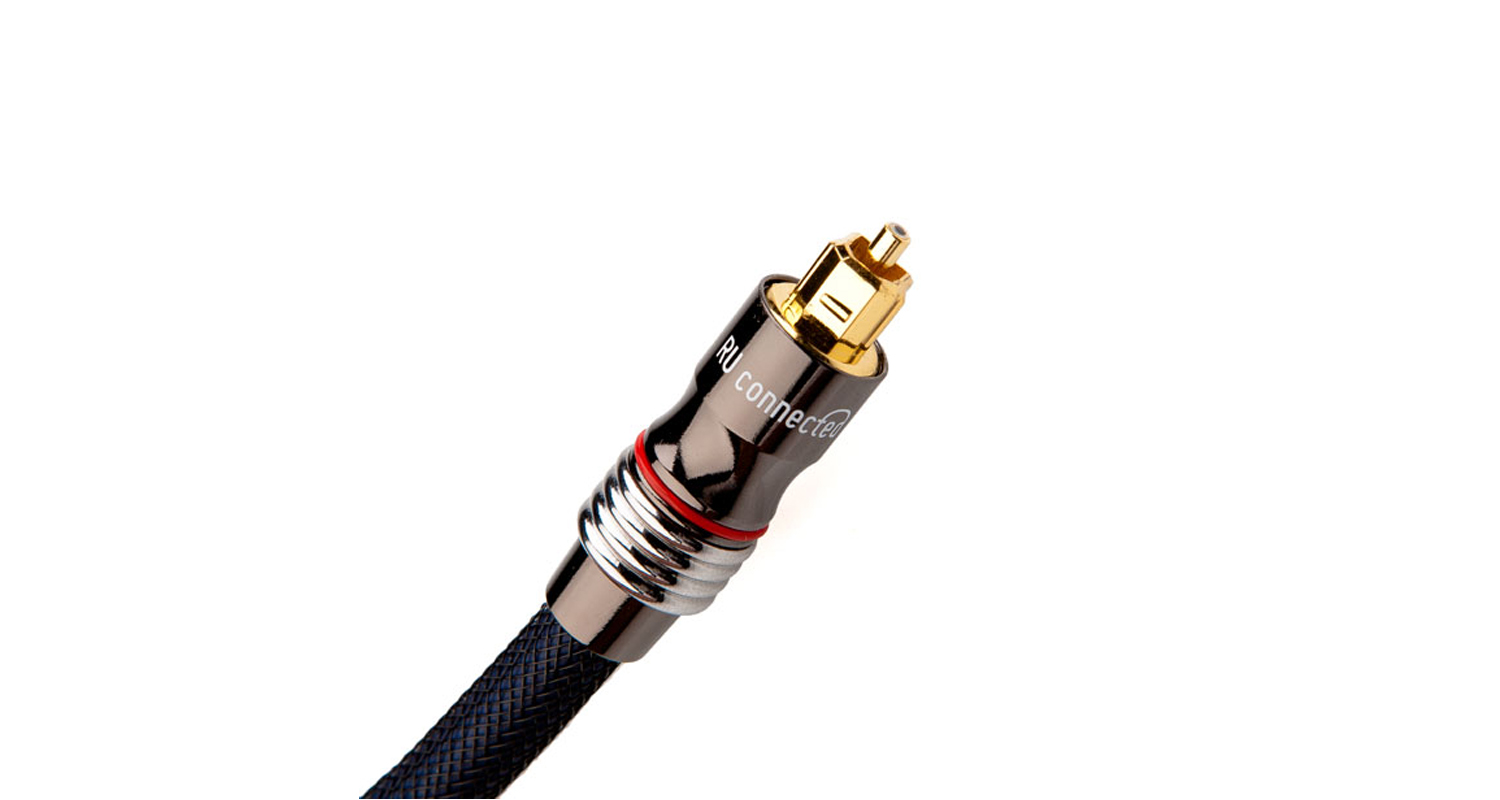When it comes to the acoustic characteristics of a loudspeaker, the term “frequency response” is often used in data sheets and product information. You may also see a graph describing the frequency response. It can be either linear, straight or neutral. But what does frequency response actually mean? And how does it affect the overall sound?
What do we mean by frequency response?
The term “frequency response” is not particularly accurate per se. In the case of loudspeakers, this generally means the frequency response of the sound pressure or the amplitude frequency response. Depending on the context, a frequency response may also relate, for example, to the distortion factor (how accurately the speaker reproduces the original sound), or to the impedance (the effective resistance of an electric circuit or component to alternating current). For loudspeakers, however, the frequency and the sound pressure level (in decibels) are the decisive variables.
The measurement is usually shown in a curve. This describes the course of the sound pressure level as a function of the reproduced sound frequency – or in simpler terms: how the volume changes depending on the sound being played. The frequency response also reveals the frequency range that a loudspeaker covers in general.
Video: Frequency Response As Fast As Possible
What does a neutral frequency response mean in practice?
The speakers act like command receivers in terms of the whole audio playback process. They are supposed to convert the electric impulse from the input signal into sound. If individual frequency ranges are over- or under-emphasised, the recording will not sound as it is intended. A linear frequency response therefore means that a loudspeaker hardly influences the reproduction system within the amplitude (sound pressure level).
A linear frequency response is very important for mid-range frequencies. The human ear reacts particularly sensitively to changes within this range. In high-range frequencies however, such alterations tend to go unnoticed, since adults do not hear above 15,000 Hz.

And how is the frequency response measured?
The sound pressure level is measured by a microphone. A test signal differentiates between different tones. A reliable measurement of the frequency response of loudspeakers is basically only possible under professional conditions, since several factors can influence the measurement.

These factors include the microphone used as the measuring device (the frequency response of the microphone must also be taken into account), the position of the microphone and the acoustic characteristics of the room, among others variables. The test system would normally be placed in a anechoic chamber (a room designed to completely absorb sound reflections). The sound reflections that occur in any living space can have a great influence on the measurement of the amplitude. Teufel also uses the laser-assisted Klippel Analyser System measuring method.
Straight to the best sound
- ▶ Definion 3 5.1 set: Outstanding precision, neutral playback and natural depth of sound – the Definion 3 stereo speakers have four additional channels set aside for impressive room sound. This combination makes for one of the best 5.1 sets on the market, which works just as well for superior music playback as for immersive movie sound.
-

Opens in new tab Close-up of the down-firing subwoofer of the Theater 500▶ Theater 500: The 3-way system provides precise and neutral sound over the entire frequency range from 40 to 21,000 Hz. Our acoustic experts have also integrated bass reflex outputs for the low frequency range. Thanks to the floor-reflecting bass reflex channel, you can place the Theater 500 both on the floor and on the wall. The Constant Directivity Concept also offers additional advantages when setting up the loudspeakers. It creates an optimal sound for a particularly large listening area.
These Teufel speakers also deliver a balanced, high-end sound:
[product id=”27993,28002,27018″]
Conclusion: the frequency response characterises the dynamics of your loudspeakers
- Frequency, or amplitude, response describes the acoustic characteristics of loudspeakers.
- The graph describes whether the sound pressure level in the reproduced frequency range remains approximately the same or is subject to fluctuations.
- Good loudspeakers should be as straightforward as possible, without under- or over-emphasising certain frequencies.
- The measurement of the frequency response is carried out under laboratory conditions in anechoic chambers. Reflections from sound waves, which occur in almost any living space, distort the results of the measurements.
Titelbild-Quelle: ShutterstockOpens in new tab / Levchenko IliaOpens in new tab





